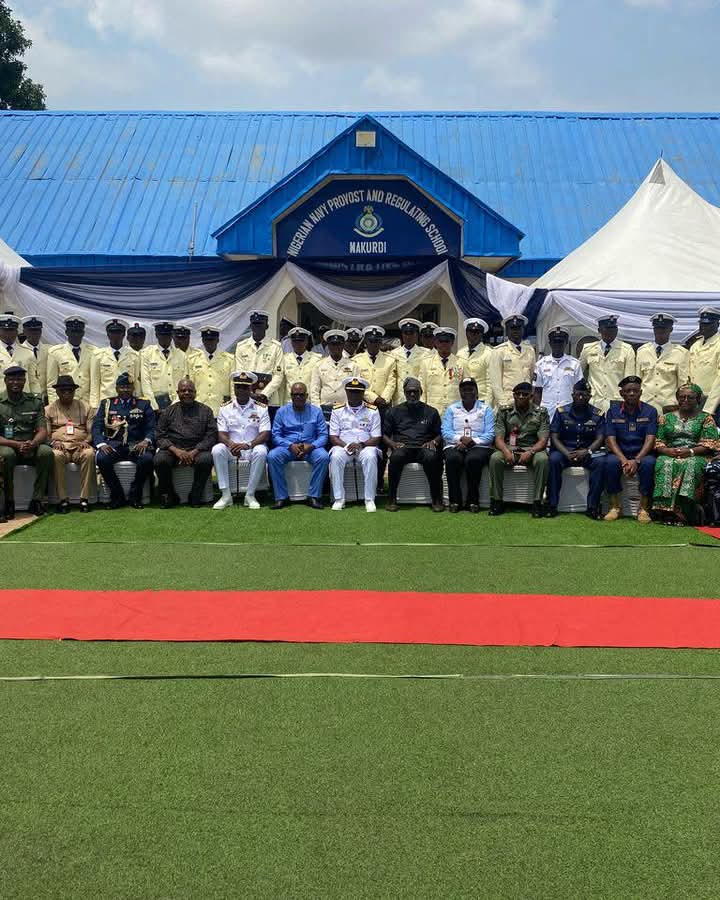As global attention shift towards halting and reversing the impacts of global warming, technology company, Huawei, has recently concluded an Energy Efficiency Summit in Dubai with the theme “Maximizing Network Energy Efficiency.”
The event brought together more than 100 energy experts from the world’s leading telecom carriers, including Etisalat, STC, Telefonica, and TI (Telecom Italia), together with representatives from the International Telecommunication Union (ITU) and Frost & Sullivan who presented keynotes to share insights and experiences on the telecom energy industry on how to achieve the objectives of 5G next-gen networks with environmental sustainability and reaching Net-Zero emissions.
During the event, James Qiao, Vice President of Huawei’s Telecom Energy Business, shared suggestions for practical standards and key performance indicators that Huawei believed will help promote the development of a network energy industry. “Based on in-depth studies and field practices of NIEE (Network Infrastructure Energy Efficiency), and NTEE (Network Telecom Equipment Efficiency), Huawei has been assisting telecom carriers in measuring NEE (Network Energy Efficiency) and developing effective energy efficiency strategy and plans that meet their long term growth needs,”
Unlike predecessor technology, 5G is at least 10x faster at launch, unlocks many new use cases from edge computing and network slicing, to scaled IoT deployments not possible with 4G. GlobalData expects 5G services to exceed $USD 640 billion by 2026 and penetration will exceed 50 per cent.
However, this rise in data traffic is increasing energy costs and carbon emissions. For example, if the average data traffic, per user, per month reaches 630 Gigabytes by 2030 (industry estimates) and if network efficiency stays the same, then the average power consumption from networks will also increase by at least 10-fold. This runs counter to the goals of the GSMA for Net-Zero by 2040 as well as many individual MNOs with their own ESG targets, often more ambitious than industry targets.
Qiao elaborated Huawei’s view on industry trends, future network architecture evolution, energy infrastructure evolution, as well as Huawei’s end-to-end highly efficient power supply and renewable energy solutions, energy efficiency management along with the ultra-broadband network evolution, and shared a selection of studies and global successful cases around network architecture evolution, new generation site architecture, network equipment efficiency improvement and infrastructure efficiency improvement.
During the summit, energy specialists from leading global telecom carriers also shared their energy strategy, innovative ideas, best practices, and discussed about the value-based future development directions and innovations on the network energy arena.
Salem Mannaei, Vice President, Infrastructure Management, Etisalat Group, proposed a strategy that combines efficient network architecture, efficient network equipment, and intelligent features. “Etisalat has taken a series of actions to improve energy efficiency, such as introducing new energy and hybrid power solutions and modernizing old wireless sites. These actions greatly improve energy efficiency for Etisalat’s network and power infrastructure, setting a good example of maximizing network energy efficiency”.
According to Mohammed Ibrahim Almuqbil, Electro Works Manager, STC Wireless Civil, the company has accelerated the modernization of its energy networks and has seen a significant reduction in OPEX. explored the way to green energy networks by sharing the company’s end-to-end energy efficiency optimization plan and staged execution.
Ivaylo Ivanov, Electromechanical Expert, Technology Implementation Division, at Telenor, shared Telenor’s future strategies, and emphatically introduced the efficient O&M strategy among Telenor’s top three strategies. Telenor plans to optimize the primary equipment, power equipment, and cooling equipment, and adopt new energy sources to improve O&M efficiency, reduce O&M costs, and enable efficient and green telecom networks.
At the summit, Huawei showcased its new generation MTS (Migrate Towards Simplicity) telecom power solutions and portfolio, which covers all indoor, outdoor, central office, and hybrid power scenarios. Huawei demonstrated new generation power solutions and intelligent components, such as DC power for future Data Center and CO sites, multi-vendor site controllers, site-sharing embedded power, and unified network and energy management system designed to help Telecom Service Providers build simple, efficient, reliable and intelligent telecom energy networks.
Roberta Gamble, Vice President, Frost & Sullivan remarked, “The telecom power market will continue to grow in the coming years. Big data technologies, internet of things, and innovative high efficiency energy solutions will place great influence on the telecom energy industry. Innovation will be the key for the solution suppliers to succeed in the market. ”





